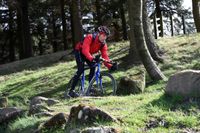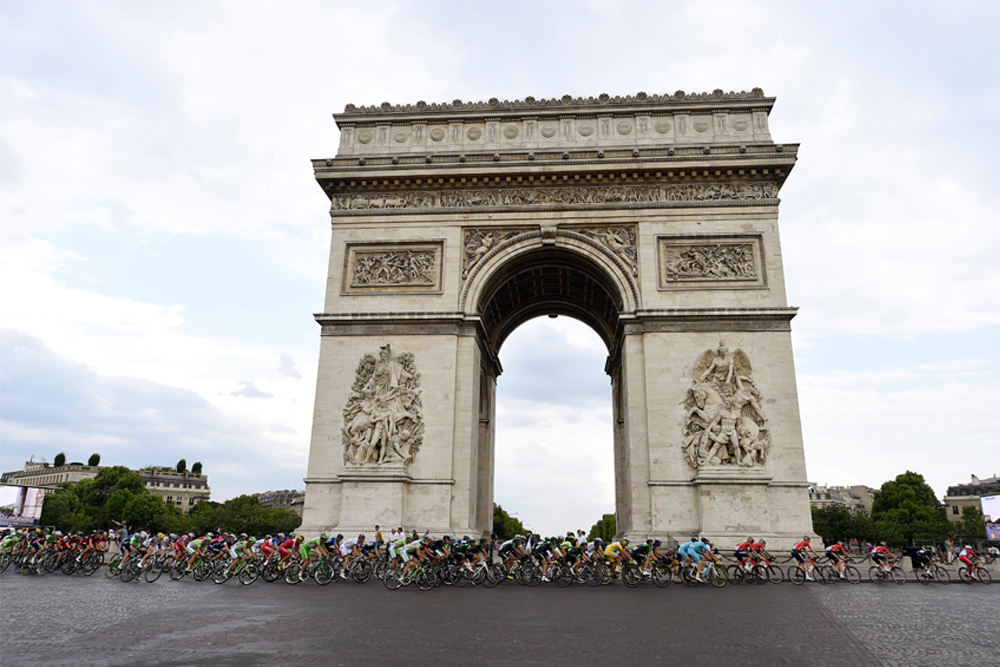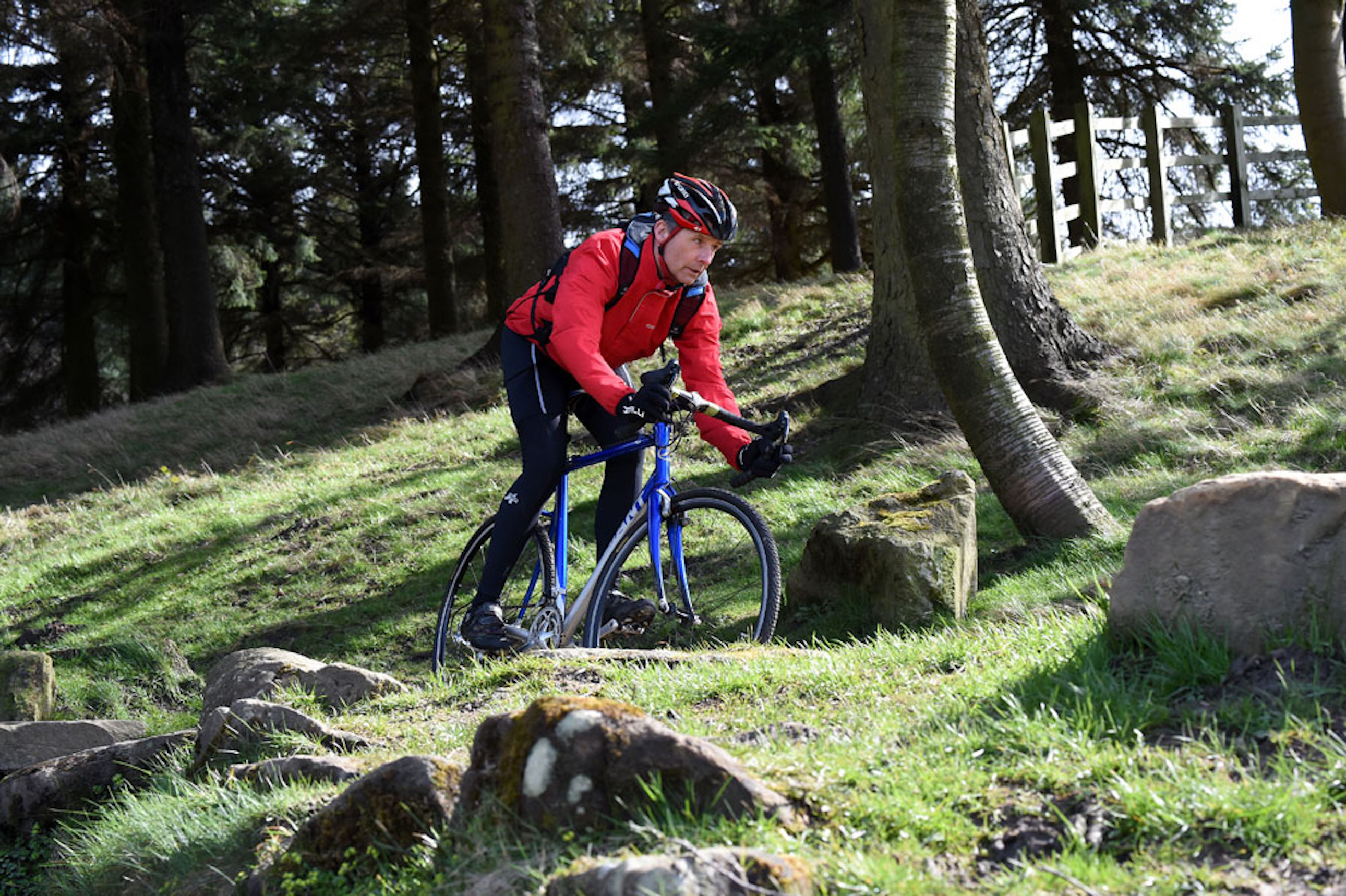Icons of cycling: The Champs-Élysées
We look into the history and mystique of the most iconic finishing straight in cycling


Photo: Yuzuru Sunada
The Avenue des Champs-Élysées was designed to be the most beautiful street in the world; a jewel not just of Paris, but any city anywhere. A perfect combination of stone and garden, it’s where an invading army paraded and a liberating one brought hope.
And for the last 43 years, it has hosted the finish of the Tour de France.
The name means Elysian Fields, a heroes’ paradise in Greek mythology. Originally a market garden, it became a park where Marie Antoinette took carriage rides to her singing lessons at the Hôtel de Crillon.
The way it looks now with trees lined on either side is due to the vision of Baron Haussmann, a 19th century prefect of the city authority, entrusted with redeveloping the city.
Today, the Avenue des Champs-Élysées is 70 metres wide and 1,900 metres long. It connects the Place de la Concorde with the Place Charles De Gaulle and the Arc de Triomphe.
For 363 days a year it’s a confusion of traffic, exclusive shops, cafes and restaurants. But for two days in July that stops. The road is closed and the Champs-Élysées is taken over, first by the Bastille Day military parade, then about a week later by the Tour de France.

Glorious finale
For a long time the Tour organisers wanted to finish here. The former Mayor of Paris and later President of France, Jacques Chirac, finally made it happen in 1975. Every finish since has been a glory, with the riders as much as the setting making it so.
The latest race content, interviews, features, reviews and expert buying guides, direct to your inbox!
The modern Tour de France culminates in a circuit race, where the peloton hammers around the Jardins des Tuileries, across the Place de la Concorde and up the Champs-Élysées, around the Arc de Triomphe (since 2013) and down the other side. And every year the riders race like they need to leave every scrap of energy here, on this road.
The surface looks smooth but isn’t. The finish towards the Arc de Triomphe is made of cobblestones, which drag upwards.
The eight laps count down in attack and counter-attack, as the group splits and comes together repeatedly until the final sprint. And it is a bunch sprint; only six riders have won a road stage on the Champs-Élysées solo, the last being in 2005.
It’s the premier sprint of cycling, almost a sprinters’ World Championship and no sprinter’s career is complete without it.
They sweat adrenaline as the laps go by. You can feel the tension and aggression as they ready themselves for the final lap and the perfect lead-out, when an explosion of power, guts and hunger launches them at the line.

Chris has written thousands of articles for magazines, newspapers and websites throughout the world. He’s written 25 books about all aspects of cycling in multiple editions and translations into at least 25
different languages. He’s currently building his own publishing business with Cycling Legends Books, Cycling Legends Events, cyclinglegends.co.uk, and the Cycling Legends Podcast